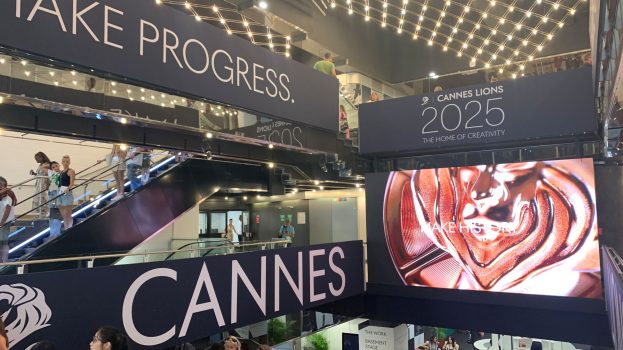By Fiona Stevenson
If there’s one term that we’ll all be happy to purge from our vocabulary once this pandemic is behind us, “pivot” likely beats out bubble, social distance and quarantine.
Besides being overused, the word is tainted by those early days of lockdown where it seemed the only brands or businesses that would survive this crisis would be those that fully pivoted into manufacturing masks, hand sanitizer or ventilators while waiting for normal operations to resume.
Thankfully, in the weeks that followed, we saw an evolution to a new and persistent, but perhaps not permanent, normal – one in which that concept of pivoting became about finding ways to adapt our brands and services to a new set of pandemic-born attitudes, habits and behaviours, many of which may be around for the long haul.
Pandemic pivoting has been far easier for some businesses than it has for others (cut to me kicking myself again for not investing my kids’ post-secondary education funds in Amazon, Netflix and Zoom). But for most businesses, thriving in this pandemic is going to require a whole lot of creative thinking. If you work in (or at an agency supporting) the event planning, restaurant, luxury goods or party industry, for example, these past few months have likely been some of the most challenging of your professional life. As you hear platitudes like “Don’t waste a good crisis” and “There’s opportunity in chaos” floating around, you may at times feel like screaming:
“But no one is throwing parties! No one is getting dressed up! No one is gathering in large groups!”
Which, sadly, is largely true. But to add another platitude to the mix, focus precedes success. And one of the most effective ways to focus is often by asking the right question. So, what if we took the toughest truths about the havoc that the pandemic has inflicted on our brands and businesses, and turned them into powerful questions?
Not only could these questions help to generate a sense of much-needed optimism for our teams, they could also open up new and exciting solutions and opportunities for our businesses – ones that we couldn’t have even imagined existing just a few short months ago.
I was at a virtual conference recently where Katherine Homuth, the founder and CEO of Montreal-based Sheertex, talked about how the maker of “unbreakable” pantyhose had worried at the onset of the pandemic that no one is going to buy pantyhose in the pandemic. However, reframing this concern as a question – “how are people going to buy pantyhose in a pandemic?” – led the brand to the answer: no longer in a physical department store, but online from their homes, which could disproportionately benefit it as a brand that was born selling online. This helped focus its efforts on further optimizing the online shopping experience.
Similarly, I heard Rebecca Minkoff, CEO and founder of her namesake global fashion brand, share how her team reframed the challenge of no one dressing up for work into a question: “how are people dressing up for work?” The answer: they’re dressing up the top third of their body, the only part seen on Zoom calls. This motivated the design team to disproportionately focus efforts on the creation of shirts with elaborate shoulder details and accessible yet arresting necklaces.
And so, while it may be true that no one is throwing parties, there is a bigger question, bursting with possibility, buried within that problem: “How can people (safely) throw a party during a pandemic?” That is where the potential for pivoting lies. Designing a proposition to win in that context – and thereby addressing a key consumer need, desire or pain point – is still far from simple, but with the right question, it’s a whole lot easier for a brand to tackle head on. The term pivoting may one day go the way of the dodo and the PalmPilot, but the right questions are always just waiting to be asked.
Fiona Stevenson is co-founder and president of The Idea Suite, a boutique qualitative research, innovation and strategy agency based in Toronto.























